Optimal Timing for Gravel Installations
Determining the optimal time for gravel installations depends on weather conditions and soil moisture levels. Typically, late spring and early fall provide ideal conditions due to moderate temperatures and stable ground. Installing during these periods minimizes complications caused by excessive rain or extreme heat, ensuring a more durable and well-compacted gravel surface.
Spring offers moderate temperatures and longer daylight hours, allowing for efficient installation. Soil moisture levels are usually adequate, aiding in proper compaction.
Fall provides cooler weather and less rainfall, reducing delays. Soil conditions are often stable, making it suitable for gravel placement.
High temperatures in summer can cause rapid drying of soil, leading to poor compaction and potential surface cracking.
Winter is generally unsuitable due to frozen ground and increased precipitation, which can hinder proper installation.
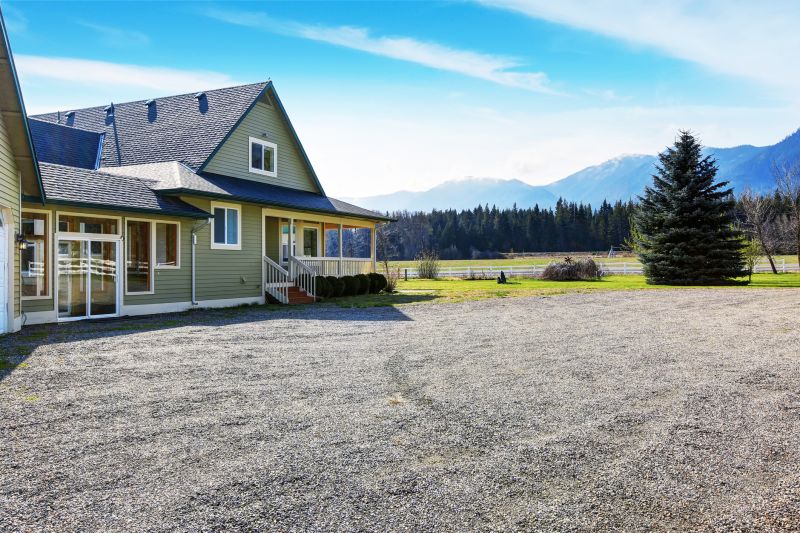
Springtime offers ideal conditions for durable gravel surfaces.
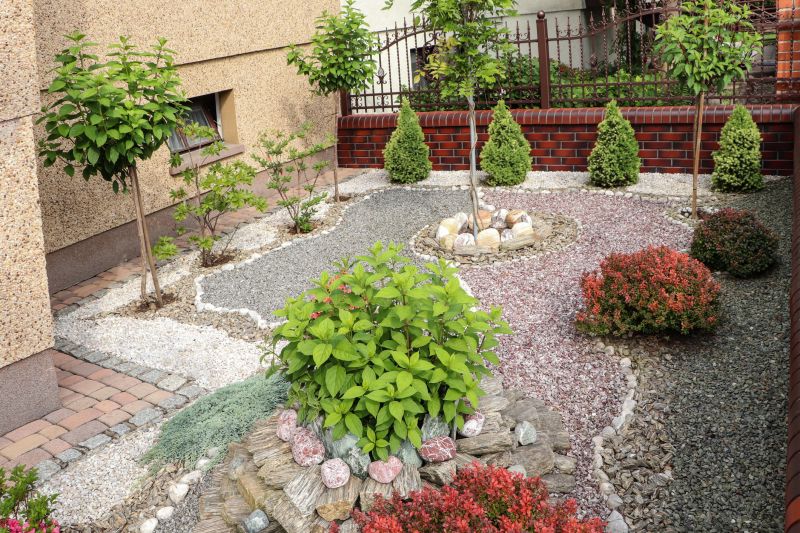
Fall provides stable ground and cooler temperatures.
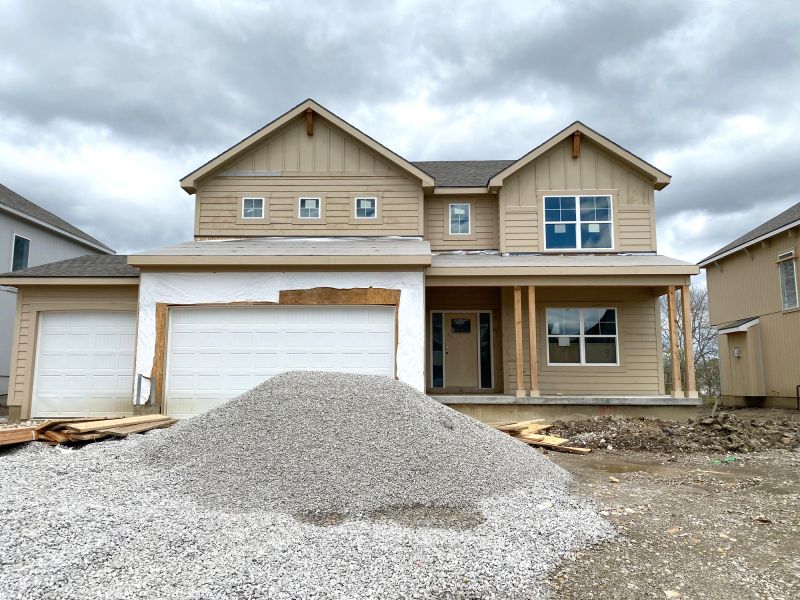
Weather plays a crucial role in installation success.
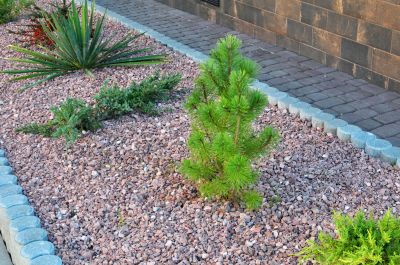
Ways to make Gravel Installations work in tight or awkward layouts.

Popular materials for Gravel Installations and why they hold up over time.
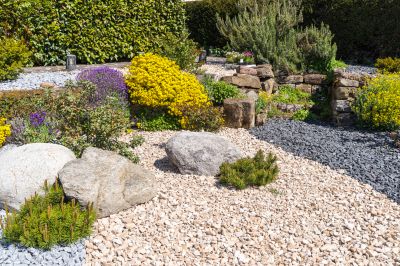
Simple add-ons that improve Gravel Installations without blowing the budget.
| Season | Optimal Conditions |
|---|---|
| Spring | Moderate temperatures, adequate soil moisture, longer daylight |
| Summer | High temperatures, risk of rapid drying, potential surface cracking |
| Fall | Cooler weather, less rainfall, stable soil conditions |
| Winter | Frozen ground, excessive moisture, unsuitable for installation |
Proper timing for gravel installations ensures a stable foundation and reduces the likelihood of future issues such as shifting or erosion. Weather conditions influence soil compaction and surface durability, making seasonal planning essential for long-lasting results. Optimal installation periods align with moderate temperatures and stable ground, typically in spring and fall.
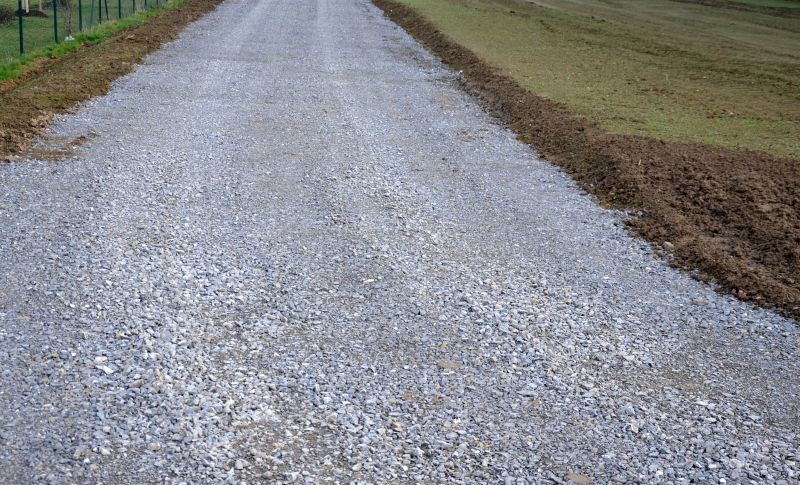
Springtime conditions support effective gravel placement.
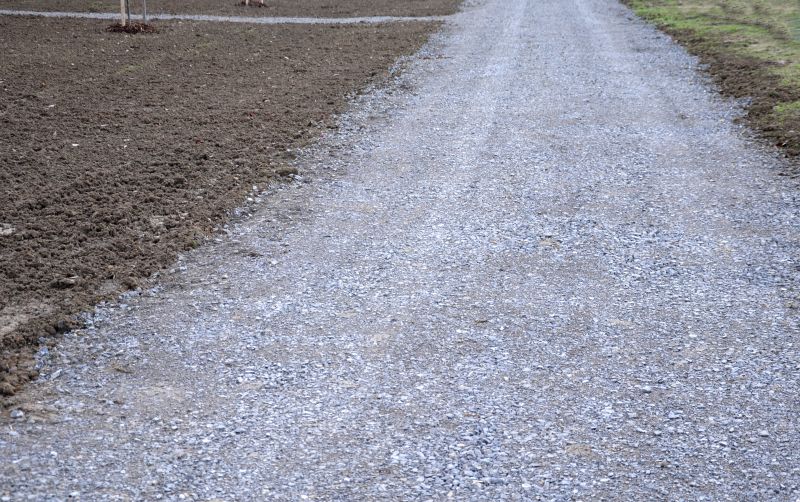
Fall offers ideal weather for durable gravel surfaces.
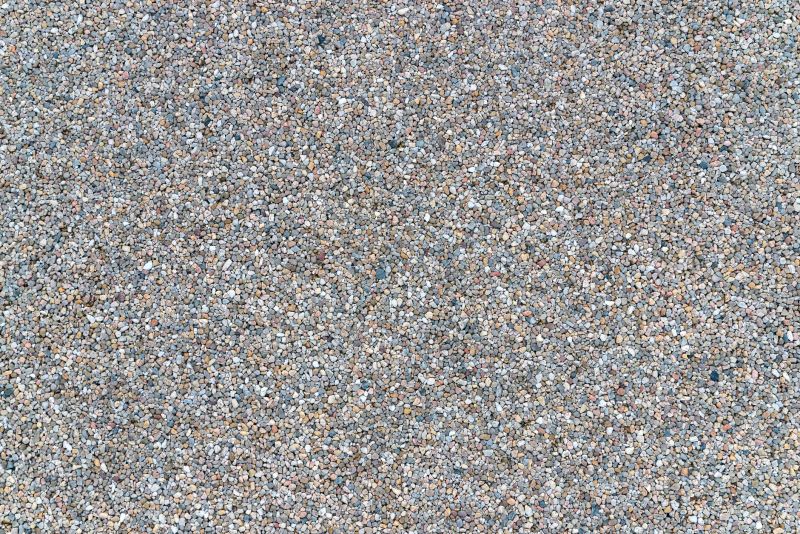
Weather influences installation quality and longevity.
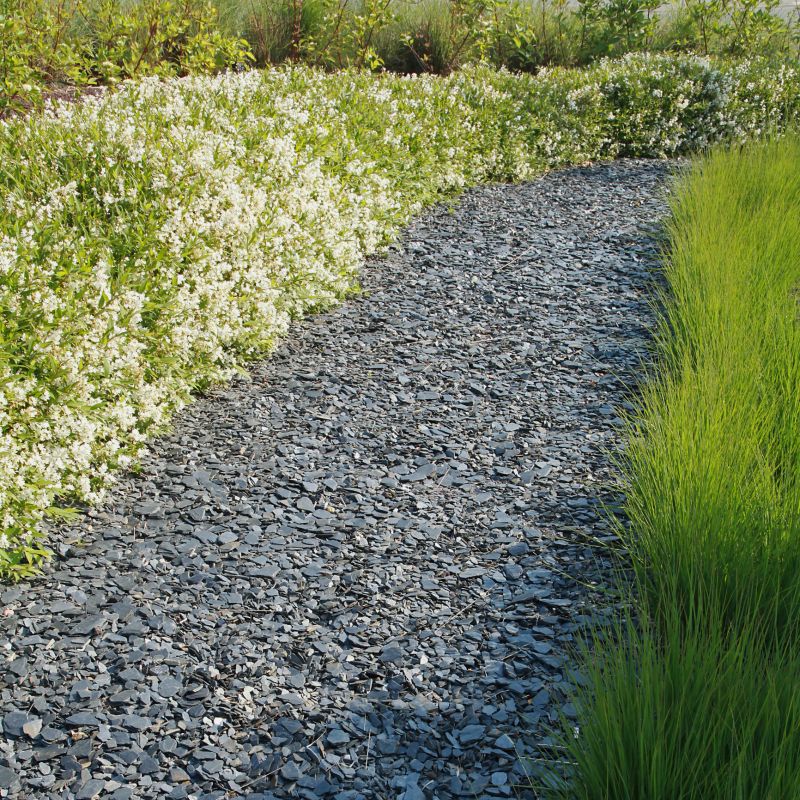
Choosing the right season improves results.
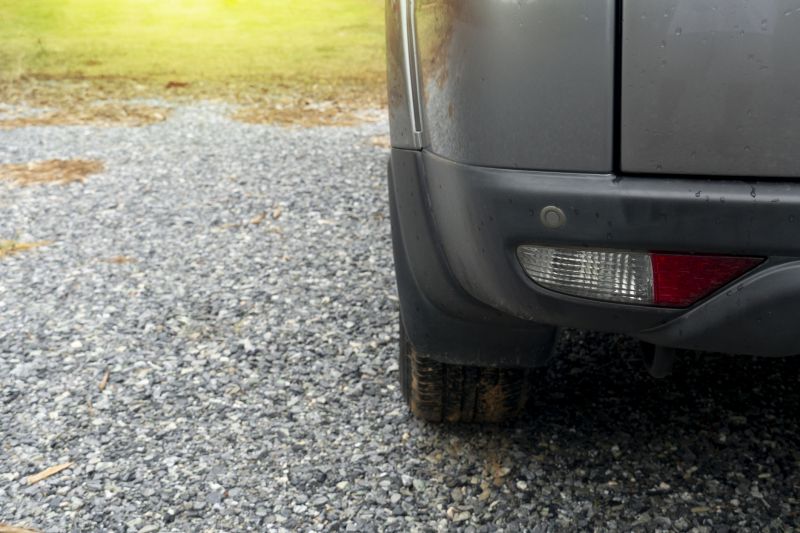
High-end options that actually feel worth it for Gravel Installations.
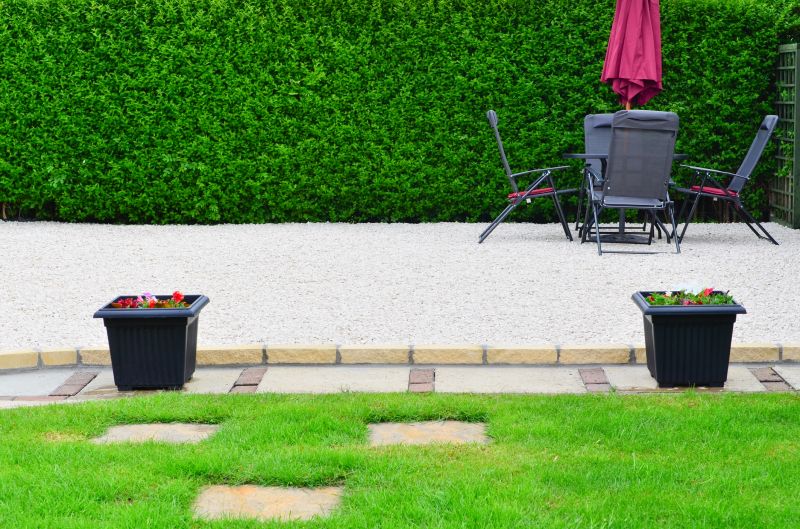
Finishes and colors that play nicely with Gravel Installations.

Little measurements that prevent headaches on Gravel Installations day.

A 60-second routine that keeps Gravel Installations looking new.

A frequent mistake in Gravel Installations and how to dodge it.
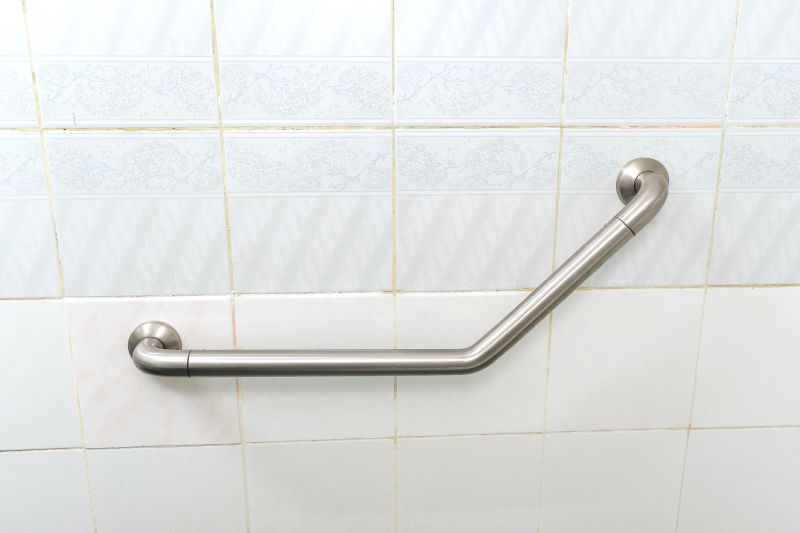
Small tweaks to make Gravel Installations safer and easier to use.

Lower-waste or water-saving choices for Gravel Installations.
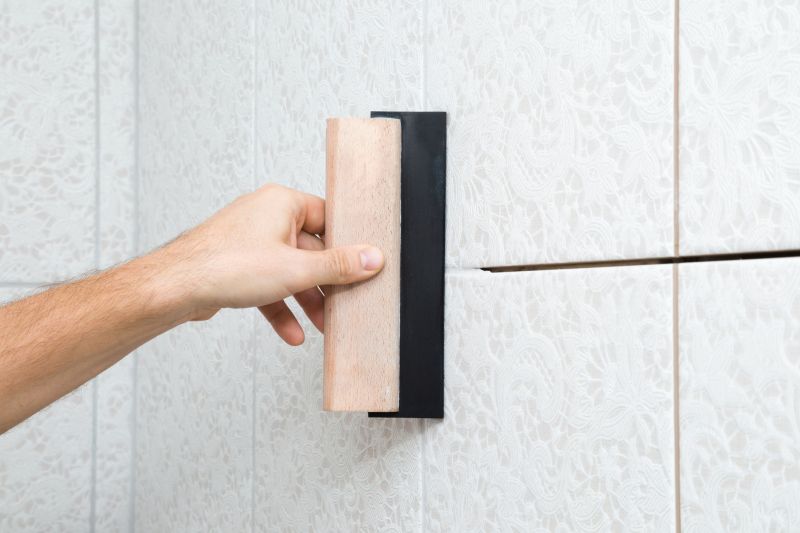
The short, realistic tool list for quality Gravel Installations.
Interested in gravel installations? Filling out the contact form can provide additional information and assistance tailored to specific project needs.
